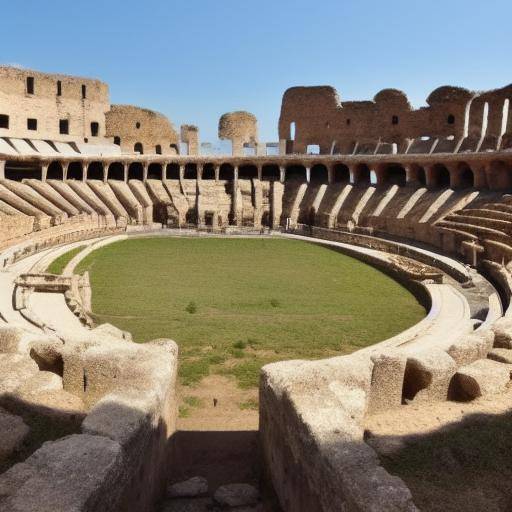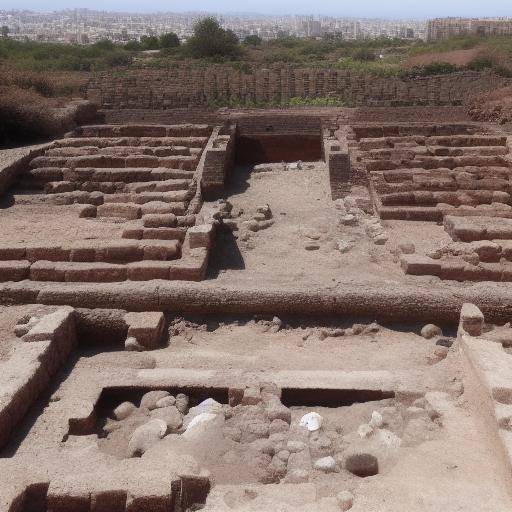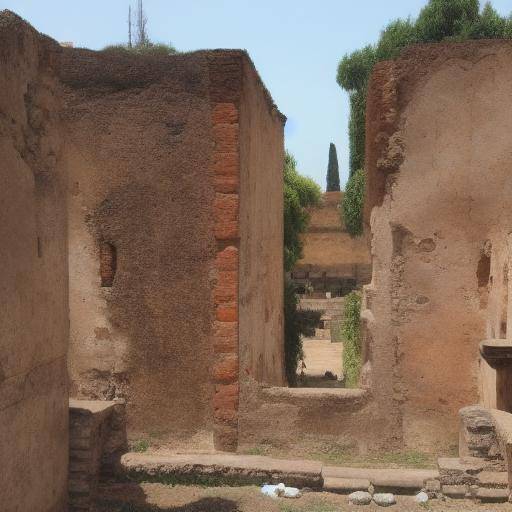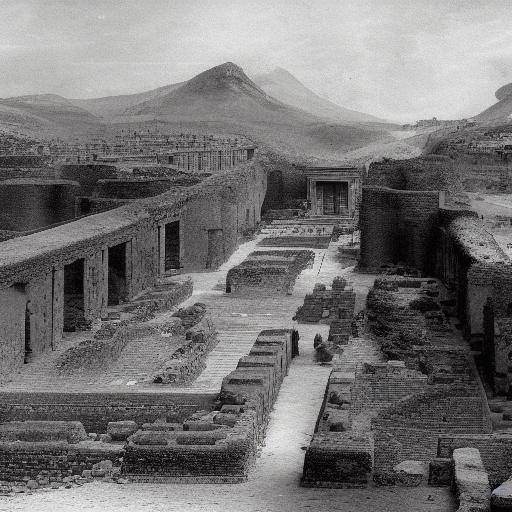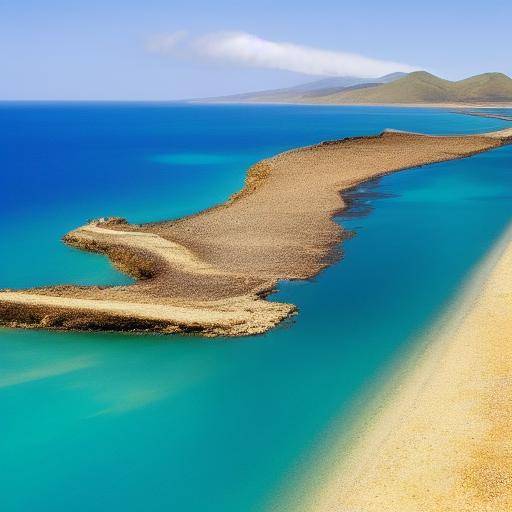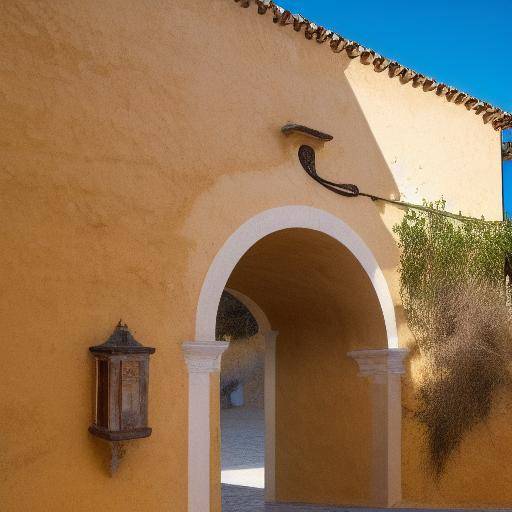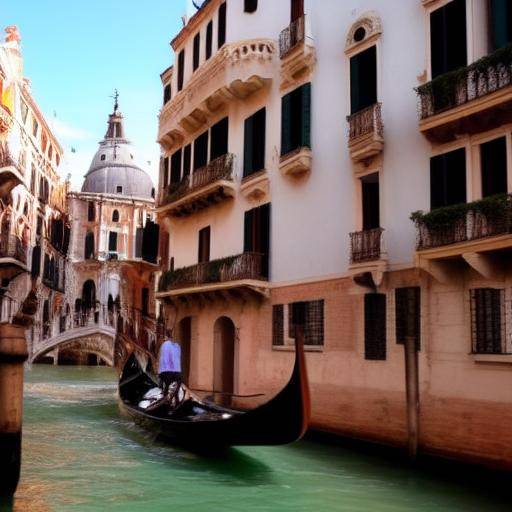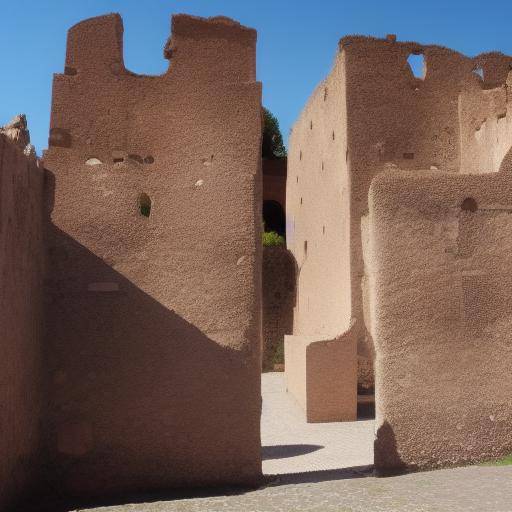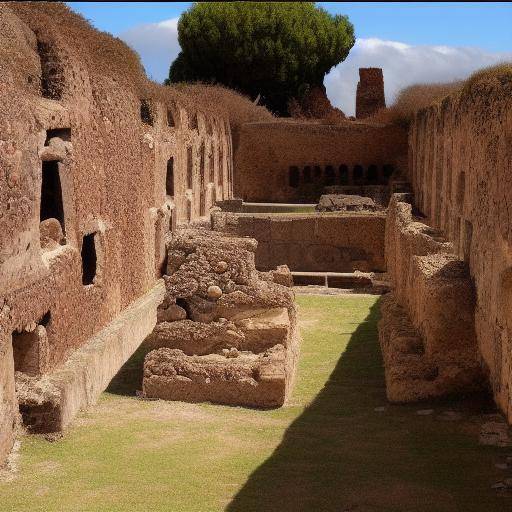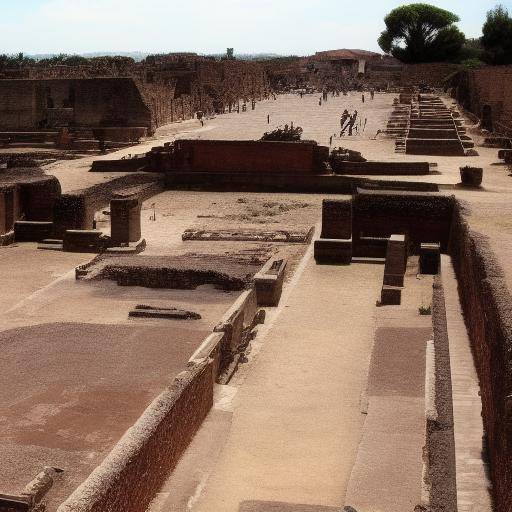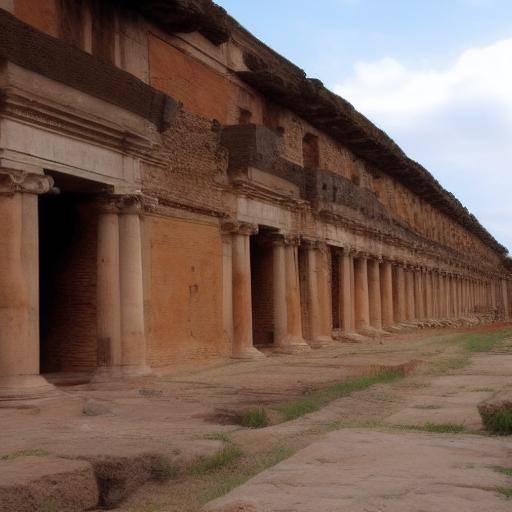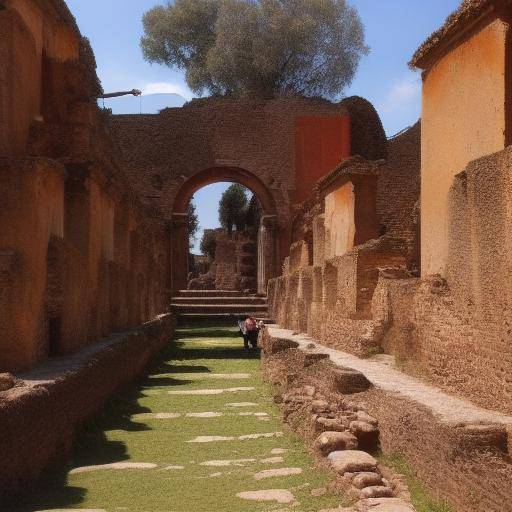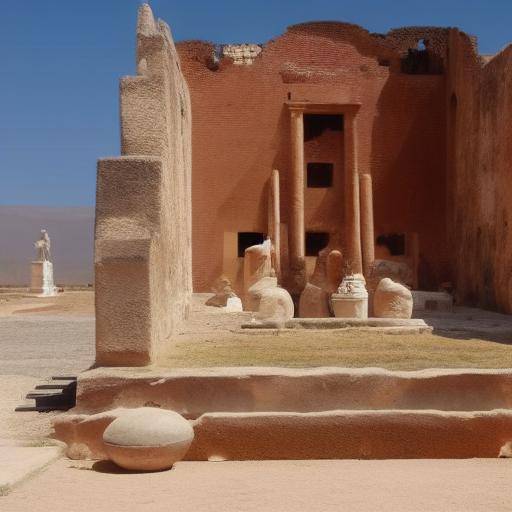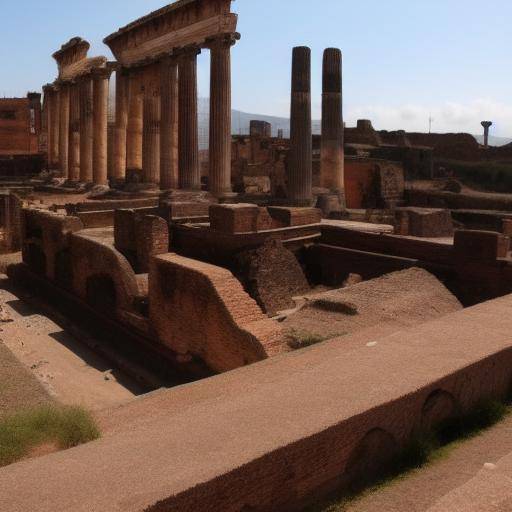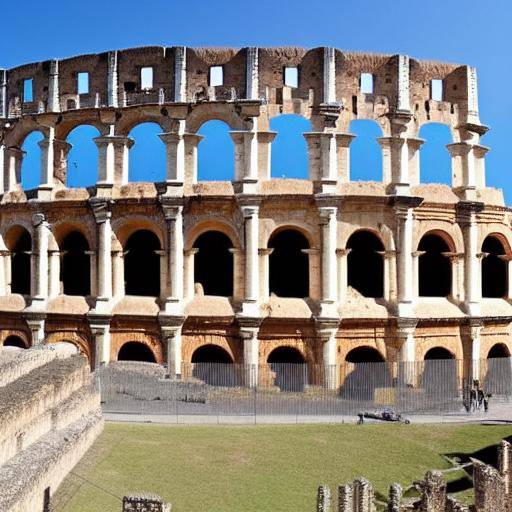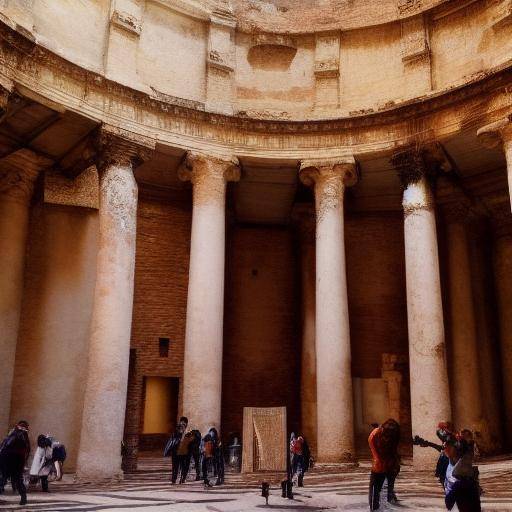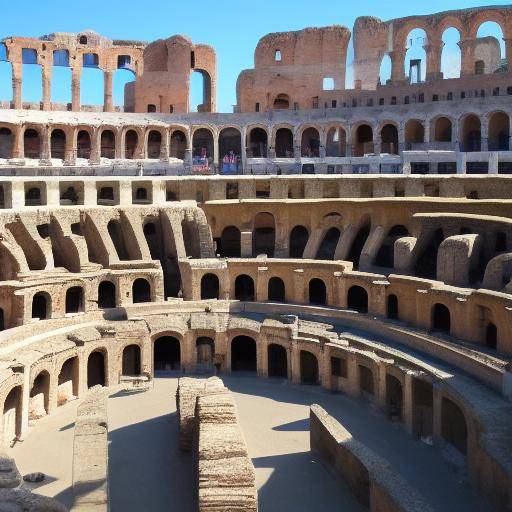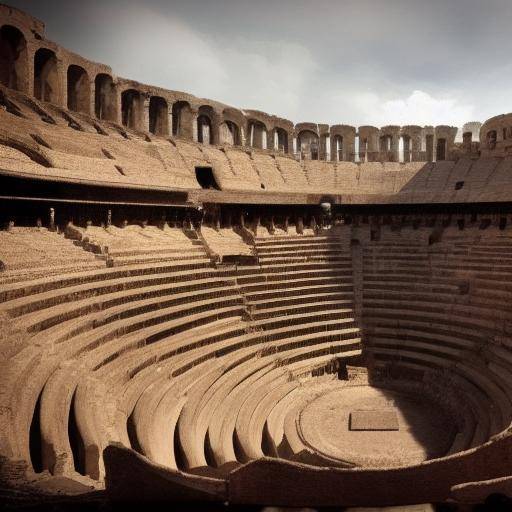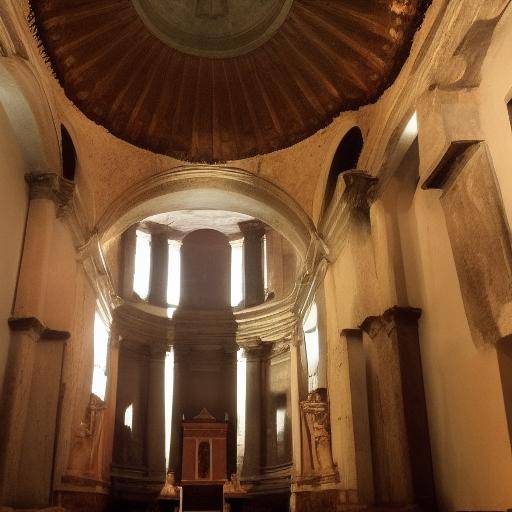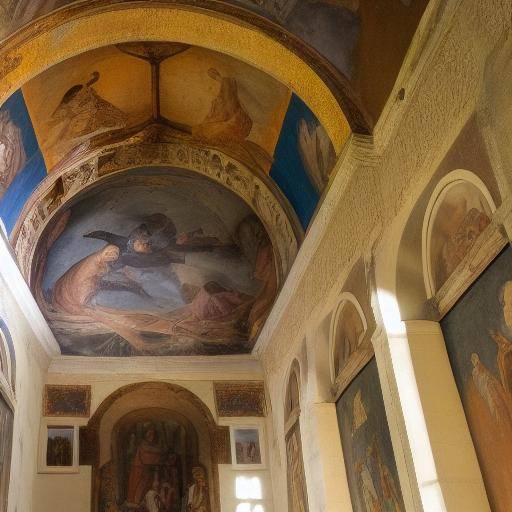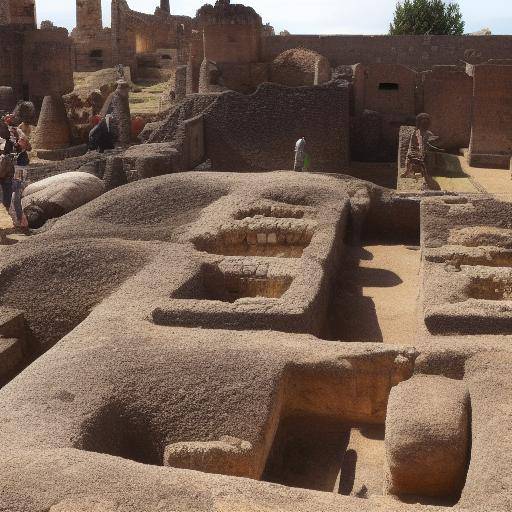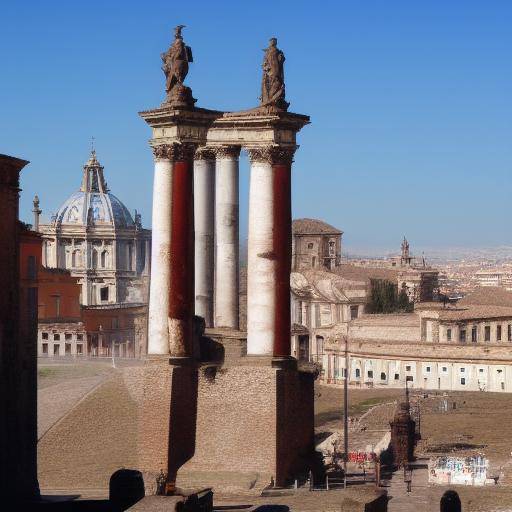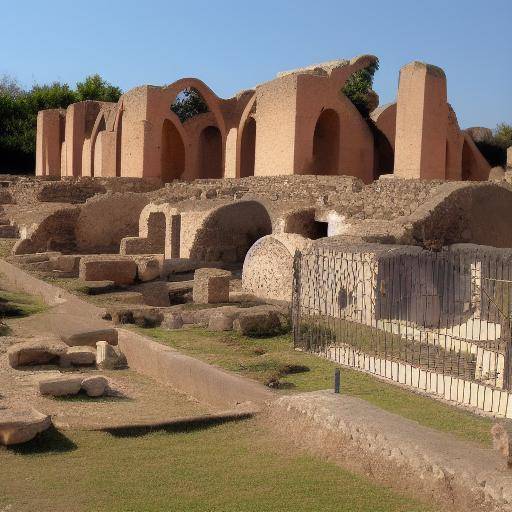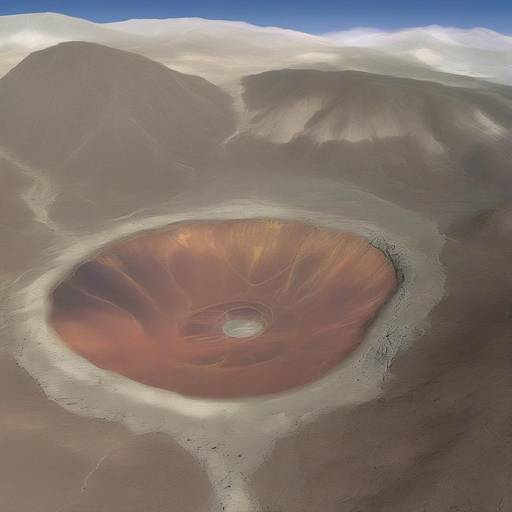
Introduction
Mount Vesuvius, with its imposing silhouette and its history of devastating eruptions, is a natural wonder that arouses fascination and fear equally. In this article, we will explore the geological lessons that this volcano has provided over the centuries, from its formation to its current seismic activity. We will discover the incredible Italian geology that has shaped this iconic landscape, unraveling its secrets and its impact in the region of Italy. Prepare for an exciting journey through the geological phenomena that have left an indelible mark on earth and history.
History and Background
The Vesuvius, located on the outskirts of the bustling city of Naples, is one of the most studied volcanoes in the world due both to its infamous eruption in 79 AD, which buried the cities of Pompeya and Herculaneum under ashes and lava, as well as its continuous seismic activity. The unique volcanic formation of this colossus and its interaction with the Euro-Asian tectonic plaque have provided geologists with a natural laboratory to study the processes that shape our planet.
Since its origins more than 25,000 years ago, Vesuvius has experienced numerous eruptions, modeling the surrounding landscape and leaving an imprint on the history and culture of the region. Geological and archaeological studies have revealed valuable information about past volcanic activity, providing crucial lessons on risk management in densely populated volcanic areas, such as the Campania region.
Analysis in Deep
The study of Italian geology has allowed scientists to better understand the processes that underlie formation and volcanic activity. Through the analysis of the composition of volcanic rocks and geophysical instrumentation, the complex mechanisms that trigger volcanic eruptions and seismic events in the Vesuvius region have been unraveled. This has provided key knowledge for natural risk assessment and prevention and mitigation planning in vulnerable communities.
Furthermore, the connection between volcanic activity and seismic phenomena in the region has been the subject of intense research. The movements of the Euro-Asian tectonic plate, which interacts with the African plate in the Mediterranean region, have generated a complex network of geological faults that influence the Vesuvius activity and generates periodic earthquakes. The detailed study of these interactions is crucial to understanding and predicting seismic phenomena in the region, and to develop effective preparedness and response strategies.
Comprehensive review
The knowledge generated from the geology of Vesuvius has not only contributed to the scientific understanding of the volcanic and seismic processes, but has also promoted important advances in the management of natural risks. Scientific findings have been instrumental in the development of emergency and evacuation plans in the event of eruptions and earthquakes, which has saved lives and protected infrastructure in the region.
Comparative analysis
Italian geology, particularly in the Vesuvius region, is unique in its complexity and its influence on the daily lives of its inhabitants. The interaction between volcanic activity and seismic phenomena presents unique challenges and opportunities that require a deep understanding of geology and transdisciplinary cooperation to effectively address associated risks. The experience gained in this environment can be extrapolated to other geologically active regions, providing valuable lessons for managing natural risks worldwide.
Practical Tips and Accessible Tips
- Always keep an emergency kit with essential supplies in case of eruption or earthquake.
- Know the evacuation routes and meeting points designated in your community.
- Educate your family about volcanic and seismic risks, and develop a communication and emergency meeting plan.
- Follow up the updates and warnings of local and national authorities regarding the volcanic and seismic activity in your area.
Conclusions and FAQs
Conclusions
In short, the geological lessons of Vesuvius have enriched our understanding of volcanic formation and seismic activity, providing vital knowledge for natural risk management. Italian geology, in its rich complexity, offers a unique window to study and understand the processes that shape our planet, as well as to develop life-saving prevention and preparedness strategies and protect communities.
Frequently asked questions
1. What is the geological history of Vesuvius?
The Vesuvius was formed more than 25,000 years ago and has experienced numerous eruptions throughout its history. Its most famous eruption occurred in 79 AD, burying the cities of Pompeii and Herculaneum under ashes and lava.
2. What are the risks associated with volcanic and seismic activity in the Vesuvius region?
Volcanic and seismic activity in the Vesuvius region carries significant risks, including sudden eruptions, toxic gas emissions and earthquakes. The population density of the area poses unique challenges to managing these risks.
3. What scientific advances have been achieved through the study of Vesuvius?
The Vesuvius study has made significant progress in understanding volcanic and seismic processes, as well as in developing risk management and mitigation strategies in densely populated volcanic areas.
4. How can communities prepare for volcanic and seismic activity?
It is crucial that communities in areas of volcanic and seismic risk develop emergency plans, identify evacuation routes, and be informed about response protocols in case of eruption or earthquake.
5. What is the role of Italian geology in understanding volcanic and seismic activity globally?
Italian geology, especially in the Vesuvius region, offers a unique opportunity to study and understand the volcanic and seismic processes, with implications that go beyond national borders, contributing to global knowledge of natural risk management.
6. What are the future prospects in the study of the geology of Vesuvius and the Italian geology?
Future perspectives include the continued development of monitoring and early warning systems, the improvement of eruption and earthquake forecasting models, as well as international collaboration in natural risk research and management.
With these frequent questions, we hope to have addressed your concerns about the fascinating geology of Vesuvius and its impact on the region of Italy.






